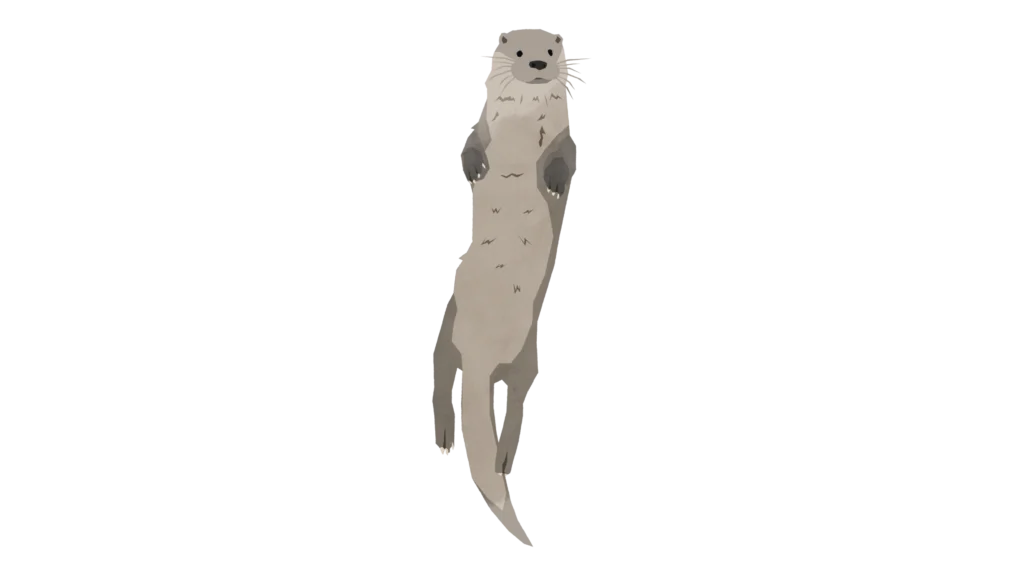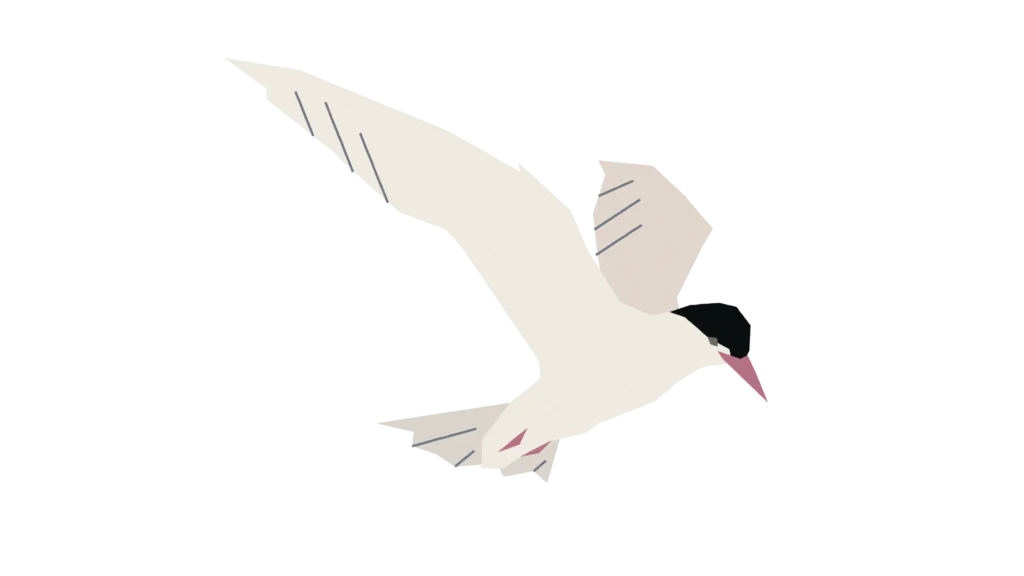
Home / Resources
A collection of support resources to support projects.
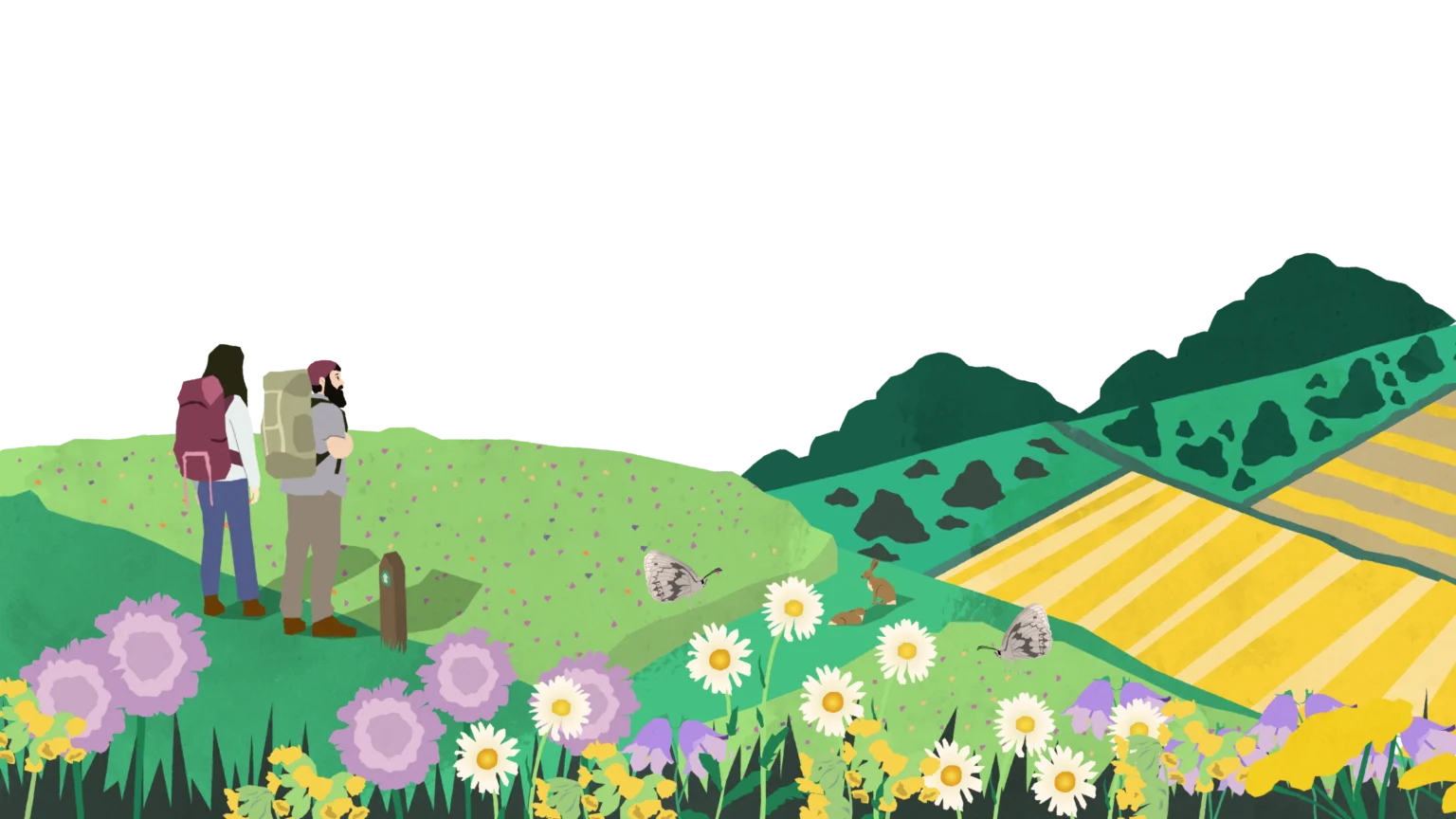
A good starting point for your rewilding project is to find out what wildlife you already have. This can be done by carrying out a data search with NEYEDC. They will produce a report for the area you need on all the species and habitats in the area, plus anything which is designated (e.g. local wildlife site, SSSI).
This can help you determine what species would be worth focussing on but also may identify sources for local wildflower seeds e.g. local wildlife sites in your area.
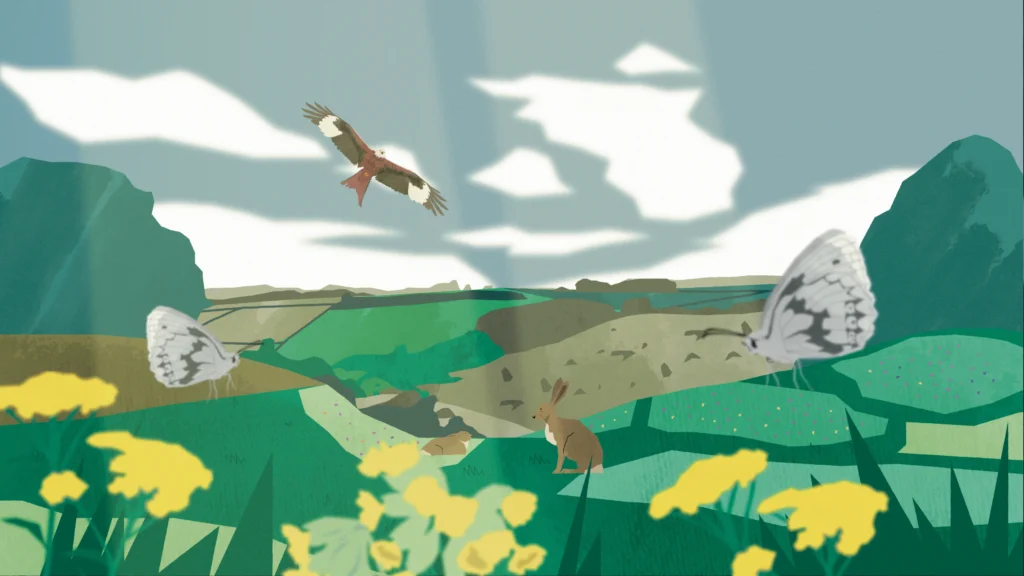
Get in touch for photo credit information
There is a lot of information online about how to help pollinators, but a good starting point may be Buglife’s B-Lines project: https://www.buglife.org.uk/our-work/b-lines/b-lines-guidance/. This provides a wealth of information, guidance and case studies about creating more space for pollinators. If you’re interested in introducing more wildflowers and long grass areas, an alternative to spring bulbs such as daffodils and tulips (which do not support pollinators), native woodland species can be chosen, such as British bluebells (not Spanish, which hybridise with the native species), primroses, wild garlic, and wood anemones, which bloom in the spring. Summer species can flower from May until October, so with the right mix there can be colourful flower displays from spring to autumn.
If there are areas that either are more nutrient enriched, or a permanent grassland where wildflowers are not appropriate, an alternative is cornfield flowers, which are annuals that need to be turned over each year, rather than the ground being left undisturbed permanently. These include corn cockles, corn buttercup, cornflowers, poppies. There are many seed mixes that include these and can suit more formal planting areas: https://cctorg.uk/cornfield-flowers/.
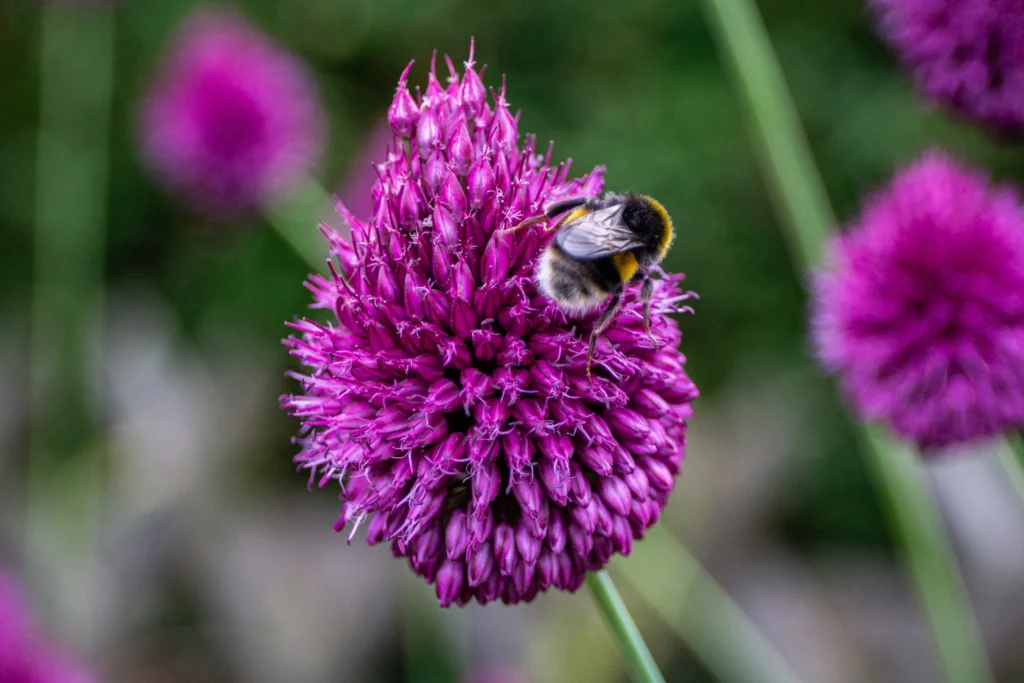
Focusing on native species as much as possible will be best for local wildlife to thrive, and the above Buglife link does give links to wildflower seed mixes, to give you some idea of the range of species you can consider. There is also Mires Beck Nursery as a local option for wildflowers that is well respected by practitioners, which may be worth a visit: https://www.miresbeck.co.uk/.
There are of course non-native options, for those who want more variety or are more comfortable with garden species. RHS plants for pollinators is a helpful starting point https://www.rhs.org.uk/science/pdf/conservation-and-biodiversity/wildlife/plants-for-pollinators-garden-plants.pdf, to consider trees and shrubs as well as wildflowers.
It is worth noting that wildflowers (either seed, plug plants or bulbs) tend to do better in sub-soil rather than topsoil, and the presence of topsoil around them is likely to encourage competition in the form of rough grasses, nettles, dandelion etc.
If there are areas that either are more nutrient enriched, or a permanent grassland where wildflowers are not appropriate, an alternative is cornfield flowers, which are annuals that need to be turned over each year, rather than the ground being left undisturbed permanently. These include corn cockles, corn buttercup, cornflowers, poppies. There are many seed mixes that include these and can suit more formal planting areas: https://cctorg.uk/cornfield-flowers/.
More ideas on pollinator-friendly plants can be found at Recipe for a bee-friendly growing space | Grow Wild | Kew.
With regards to managing existing ponds, or creating new ones, Freshwater Habitats Trust has good information on pond creation and management: https://freshwaterhabitats.org.uk/advice-resources/pond-management-hub/. If you wanted additional advice about dragonflies, there is a Yorkshire Dragonfly Group, who may have a volunteer in the East Riding willing to come out and visit you: www.yorkshiredragonflies.org.uk.
If you want to introduce more wet areas that can be considered appropriate for urban locations within the parish, you could explore SuDS options. SusDrain has lots of information on these, many of which are beneficial for wildlife: https://www.susdrain.org/.
For an introduction to hedgerow creation and management to benefit wildlife, please see: https://hedgelink.org.uk/guidance/hedgerow-management-advice/.
Creation and management can be covered by Environmental Land Management Schemes for farmers, and there is support in creating hedgerows in norm-farmland areas via community grants. Humber Forest can also support hedgerow creation.
Humber Forest can provide advice and support for tree planting, woodland creation and management, and hedgerow creation, and help with costs. They can be contacted at [email protected] and information about them can be found at www.humberforest.org. They can also advise on alternative tree species and ash dieback management.
If you wish to create a community orchard, a good starting point is Natural England guidance on this habitat: https://publications.naturalengland.org.uk/publication/19007.
If there is a good presence of owls, particularly Barn Owl, please see the Barn Owl Trust’s website: https://www.barnowltrust.org.uk/barn-owl-nestbox/barn-owl-nestboxes/. They have advice about nest boxes to build or buy, and how to install them, including for other owl species. Creation and retention of long grass areas throughout the year with provide feeding corridors for owls.
Hedgehogs are a species under threat that suit urban action. https://www.hedgehogstreet.org/about-hedgehogs/how-many-hedgehogs-are-left/
Molescroft Wildlife Network in Beverley are a local group that are focussing on hedgehogs as part of their environmental activities, and you could ask their advice on this (and other wildlife ideas): https://molescroftwn.org/
These bird species are also well suited to urban conservation, with swifts in particular in need of support. For advice, ideas and resources, visit https://www.swift-conservation.org/
Bats are another internationally protected group that are commonly found in urban environments and require conservation. This link may help with ideas, https://www.bats.org.uk/advice/gardening-for-bats, and there is an East Yorkshire Bat Group that may be able to help advise or carry out some surveys: https://eastyorkshirebatgroup.wordpress.com/.
It is worth noting that dead and dying wood is a very important habitat, particularly for insect life and fungi. If possible, allowing trees to remain where they are to decay naturally is best. If trees have to be felled, then leaving wood piles to decay is the next best option, rather than removing them:
https://www.woodlandtrust.org.uk/trees-woods-and-wildlife/habitats/deadwood/
